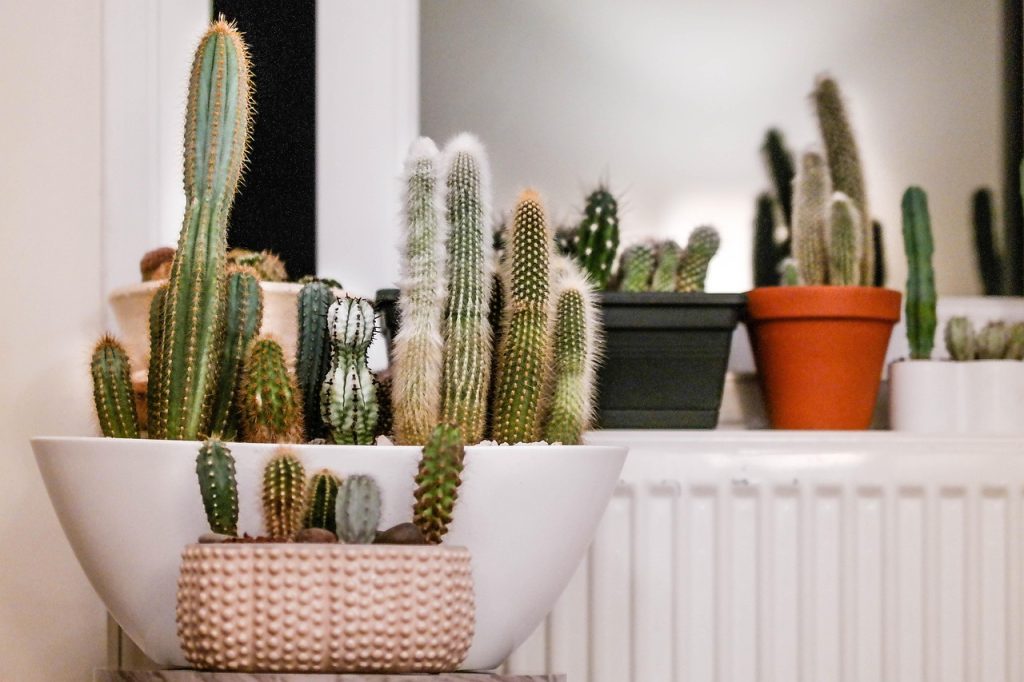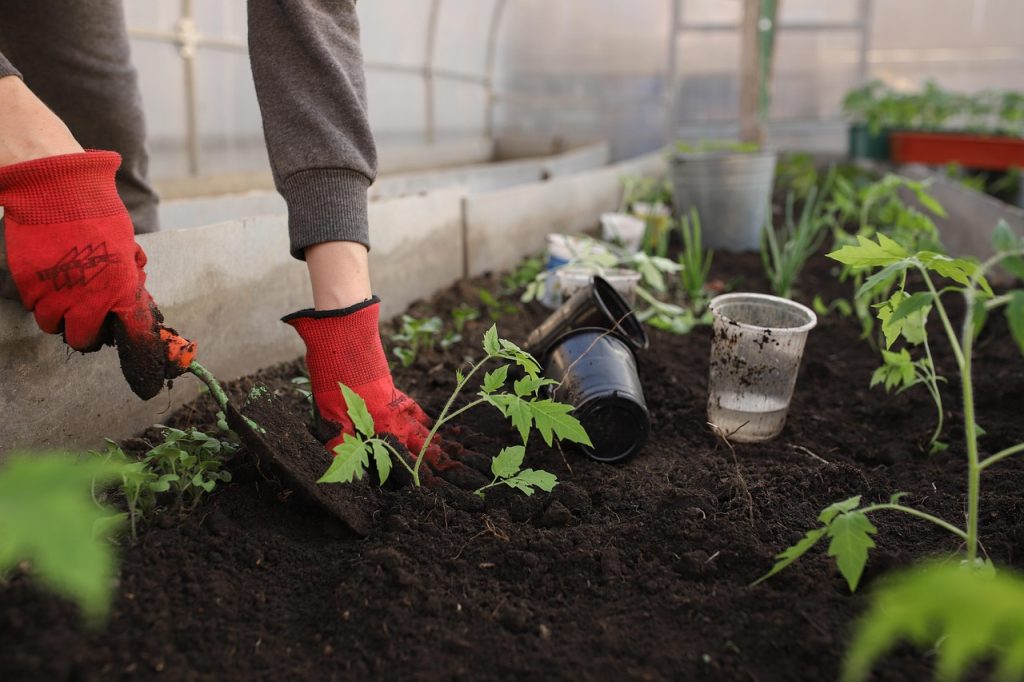Bringing the outdoors inside has never been more popular, and with good reason. Indoor plants can transform your living space into a lush, green oasis, improve air quality, and even boost your mood. However, caring for indoor plants requires a careful balance of attention and understanding of each plant’s unique needs. This comprehensive guide will walk you through everything you need to know to help your houseplants thrive.

Understanding Your Plants’ Needs
Lighting Requirements
One of the most crucial aspects of indoor plant care is understanding the lighting needs of your plants. Most houseplants fall into one of three categories: low-light, medium-light, and high-light. Knowing which category your plant belongs to will help you place it in the right spot.
- Low-light plants such as snake plants and pothos can thrive in areas with minimal natural light, like bathrooms or darker corners.
- Medium-light plants like peace lilies and spider plants prefer bright, indirect light and do well near windows that don’t receive direct sunlight.
- High-light plants such as succulents and cacti need plenty of direct sunlight and should be placed in the sunniest spots in your home.
Watering Wisely
Watering is often where most plant parents go wrong. Overwatering is a common mistake and can lead to root rot, while underwatering can cause your plant to dry out. Here’s how to master the art of watering:
- Check the soil moisture level before watering. Insert your finger about an inch into the soil; if it feels dry, it’s time to water.
- Ensure pots have drainage holes to prevent water from sitting at the bottom.
- Adjust your watering schedule based on the season. Plants typically need more water during the growing seasons (spring and summer) and less during dormancy (fall and winter).
Humidity and Temperature
Indoor plants often hail from tropical regions and thrive in higher humidity levels. If your home is dry, especially during the winter months, consider the following tips:
- Group your plants together to create a microclimate with higher humidity.
- Use a humidifier in your plant room or place a tray of water near your plants.
- Mist your plants regularly, but be cautious as some plants do not tolerate wet leaves well.
Fertilizing for Growth
Choosing the Right Fertilizer
Fertilizing is essential to provide nutrients that plants might not get from potting soil alone. Here’s how to choose the right fertilizer for your plants:
- Opt for a balanced, water-soluble fertilizer for most houseplants.
- Use specialized fertilizers for specific plant groups, like cactus fertilizer for succulents.
- Follow the instructions carefully to avoid over-fertilization, which can damage your plants.
When and How to Fertilize
Fertilizing is not necessary year-round. Most plants benefit most from feeding during their active growing seasons. Here’s a simple guide:
- Fertilize every 4-6 weeks during spring and summer.
- Reduce or stop fertilizing altogether during fall and winter when plant growth slows.
- Apply fertilizer to moist soil to prevent root burn.

Repotting and Soil Management
When to Repot
Repotting is essential for plant health, allowing roots to expand and providing fresh soil. Signs that your plant needs repotting include:
- Roots growing out of drainage holes.
- Water sitting on the surface and not soaking in.
- Noticeable decrease in growth.
Choosing the Right Soil
The right soil mix can make a significant difference in plant health. Consider these options:
- Standard potting mix for most houseplants.
- Cactus and succulent mix for plants that require excellent drainage.
- Orchid bark mix for epiphytic plants like orchids.

Handling Common Pests and Problems
Identifying Common Pests
Indoor plants can fall victim to a variety of pests. Some of the most common include:
- Spider mites: Look for webbing under leaves and tiny moving dots.
- Mealybugs: White, cotton-like sacs found in crevices.
- Aphids: Small green or black insects clustered on new growth.
Natural Pest Control
Before turning to chemical solutions, try these natural pest control methods:
- Spray plants with a mixture of water and dish soap to suffocate pests.
- Introduce beneficial insects like ladybugs for natural predation.
- Wipe leaves with neem oil, a natural pesticide.
Conclusion: Your Path to Plant Success
Caring for indoor plants can be a rewarding experience that enriches your home environment and personal well-being. By understanding and meeting their needs for light, water, humidity, and nutrients, you can ensure your plants not only survive but thrive. Remember to regularly check for pests and adapt your care routine to seasonal changes. With the right approach, your indoor garden will flourish, providing you with beauty and tranquility for years to come.
Frequently Asked Questions
How often should I water my indoor plants?
The frequency of watering depends on the type of plant, pot size, and environmental conditions. Generally, check the soil moisture weekly and water when the top inch is dry.
Can indoor plants survive without sunlight?
While all plants need some light to photosynthesize, many indoor plants can survive in low-light conditions. Consider using grow lights if natural light is insufficient.
What are the best indoor plants for beginners?
Easy-care plants for beginners include pothos, snake plants, and ZZ plants, all of which are tolerant of various light and watering conditions.